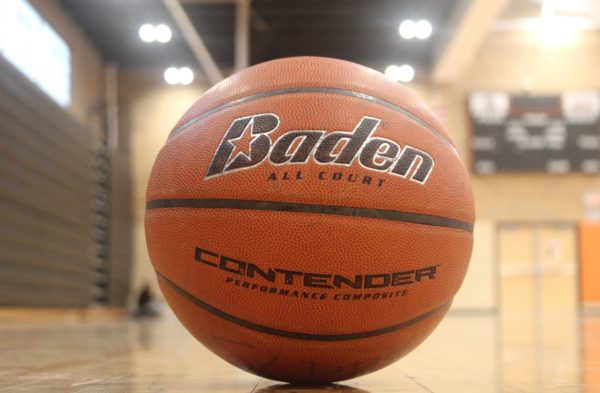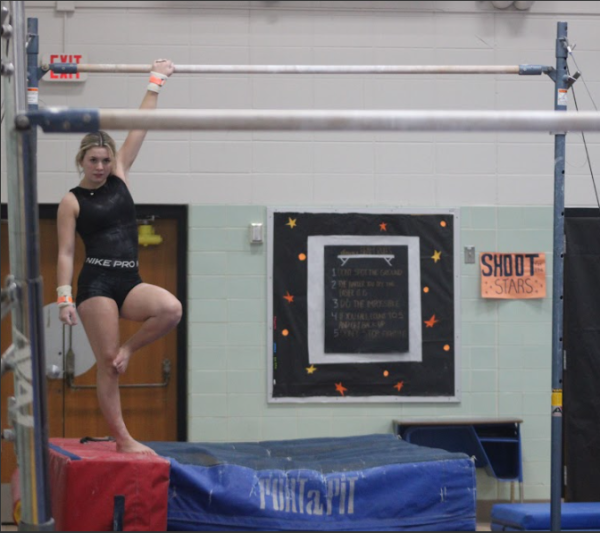Title IX makes tidal waves
Recognizing the 50th anniversary of Title IX
October 4, 2022
Nowadays, most female athletes couldn’t imagine a world without their sport. But what if we were forbidden from playing it? 50 years ago, this reality wasn’t so unthinkable.
On June 23, 1972, Title IX was passed by President Richard Nixon. Title IX was the first act that prohibited exclusion on the basis of gender from any federally funded activity. Simply put, it was the act that allowed women to play sports. Although it may not seem like a huge event compared to all of the other hardships that women have had to go through, it was still an extremely important day for women of all ages.
At Park, there are hundreds of female athletes that owe a lot to their sports, myself included. Playing a sport is one of the best ways to escape the stress of school, and to be able to have fun and do something you love. I play hockey, and it is a huge part of who I am. It’s connected me to so many people, including some of my closest friends. It allows me to get out of my own bubble and meet people that I otherwise wouldn’t have met, and I’m so grateful for those opportunities.
As much as I actively appreciate being able to play, I know we still take things like this for granted more often than we think. My grandma tells me stories about how she became a cheerleader because it was the only way she could be active and on a field at the time. We’ve never had to fight for our right to be on that field, and we owe that to the hundreds of thousands of women that fought for us 50 years ago.
In honor of the 50th anniversary of Title IX, the Biden-Harris administration is proposing new regulations to attempt to end the sex-based discrimination that is still present in sports. As someone who plays a male-dominated sport, I’m curious if this is actually going to affect the differences between male and female organizations.
Even though there are opportunities for women to play in most sports today, inequities still exist. The best examples of this are in college and professional leagues. In some sports, such as hockey or lacrosse, there’s more allowance for certain types of aggression for men and not for women. In most sports, men have better locker rooms, hotel rooms, transportation, equipment and access to facilities (playing fields, workout rooms, etc). If the new regulations are specific enough, sports leagues could become more equal.
Though most of these issues aren’t prevalent at a high school level, it’s still very deterring for a lot of girls to see this when looking towards the future. I know I personally don’t have interest in playing professional hockey because of how little people care about women’s hockey compared to men’s, and I’ve talked to a lot of girls at Park that feel the same way. Giving current professional and college women better opportunities gives us the motivation to work harder to get to where they are. We’ve been playing sports for 50 years — we should want to continue to celebrate that.














bill brown • Oct 5, 2022 at 12:48 pm
Very well written and thought out. Looking forward to future articles ftom your new journalist.